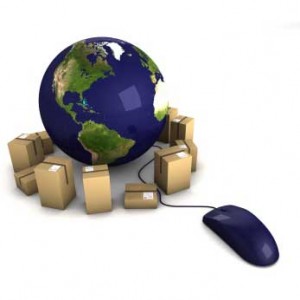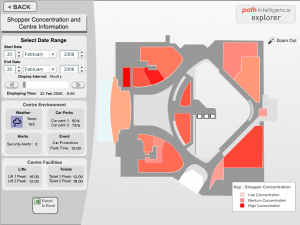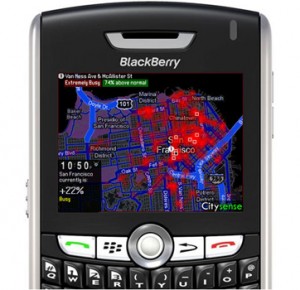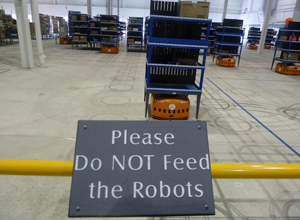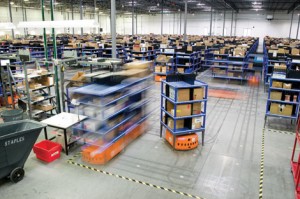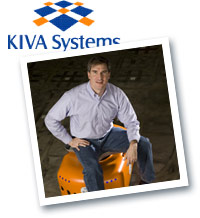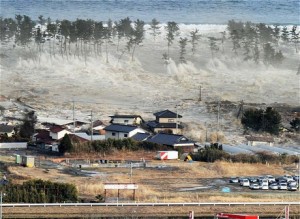The editor of The Small Business Blog, Stefan Topfer wrote an eye-catching piece I couldn’t help but notice: Top 5 Tips for Making Your First Sale.
As a first-year business student, this particular blog post is relevant to my learning. Sooner or later, I will have to make my first sales pitch. Along with powerful presentation skills, I must employ the proper strategy to ensure success. As a rookie salesman, I must be comfortable with offering my services or products at a low price. Companies will be looking for safe, low-risk, high-reward investments. They want to see the hunger and tenacity in an up-and-comer, ready to become the next Fortune 500 CEO. A physical representation of your product rather than a description would definitely enhance the presentation. Companies want to be able to see what they are buying, instead of blindly investing solely on your words. Social media is a gift to low-budget companies due to its far-reaching capabilities and low-costs.
Blogs like The Small Business Blog are becoming a powerful tool for young business students, allowing me to access and read thousands of business ideas and hints in the limited time I have. Blogs are a simple and efficient way to connect brilliant business minds across the world.


